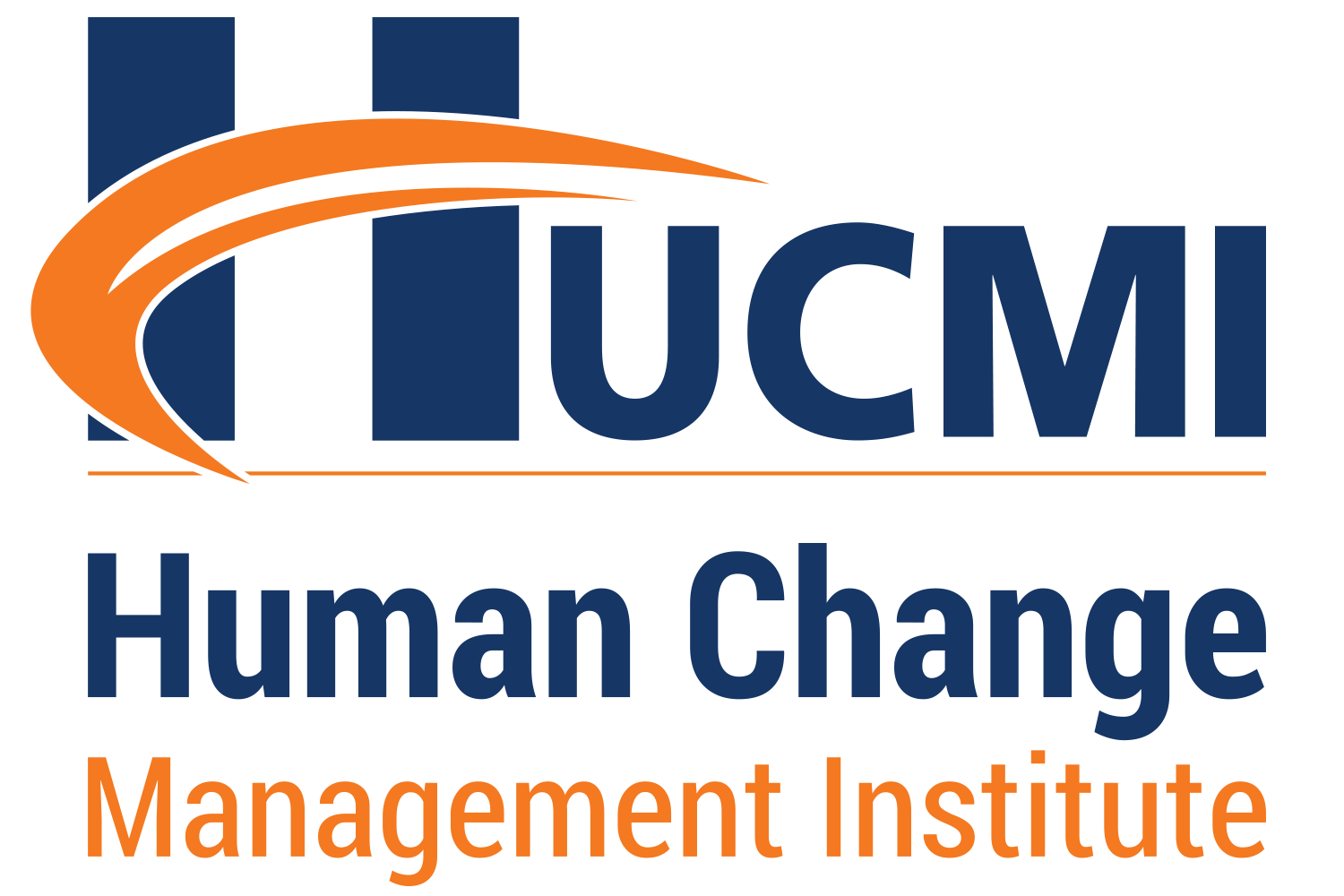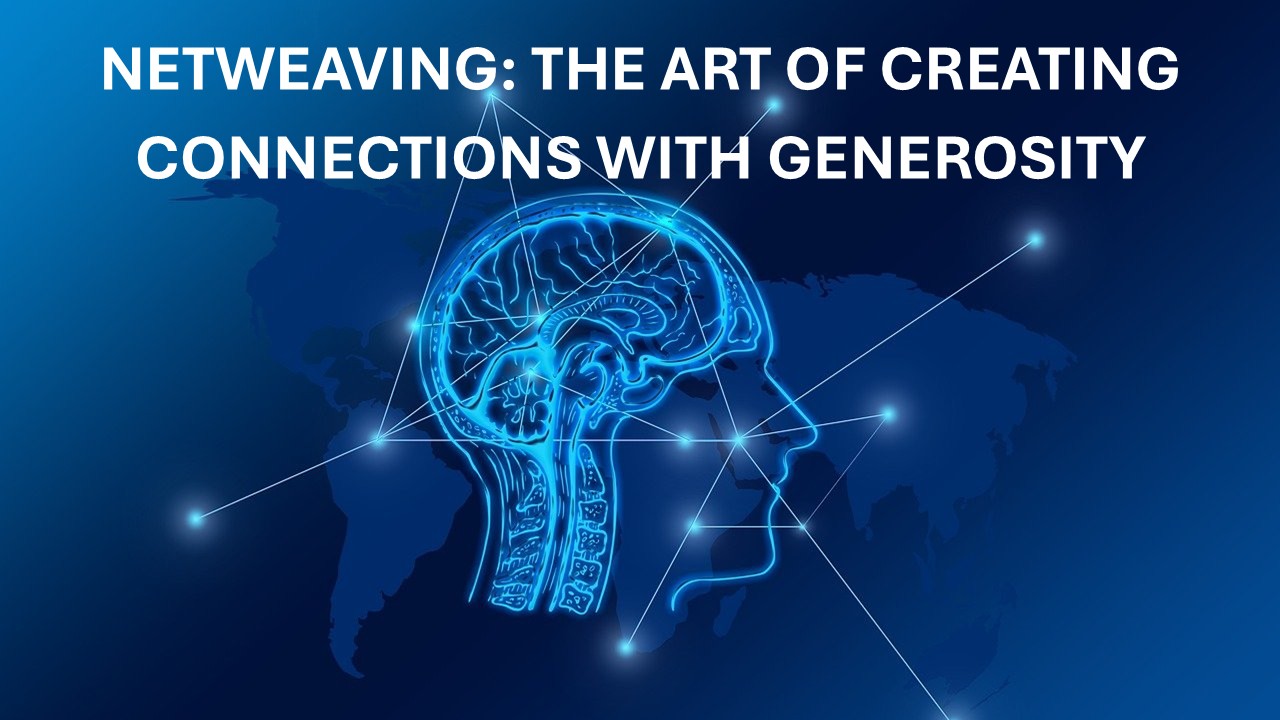Introduction
In a scenario of accelerated transformations, marked by technological advances, new ways of working, and growing social demands, Change Management has been consolidated as a strategic discipline for organizational sustainability. Far beyond the implementation of new systems or practices, it is a structured approach to support people and organizations in the transition from a current state to a desired future state, while preserving engagement, productivity, and culture.
Culture as the Foundation of Change
Organizational culture is often described as the “way of being” of a company, permeating beliefs, values, and behaviors. Edgar Schein (2017), a reference in this field, emphasizes that culture is both the result of and the condition for human actions within organizations. Thus, any significant transformation inevitably involves culture. Ignoring it in a change process condemns the effort to superficiality.
The famous phrase attributed to Peter Drucker already stated that “culture eats strategy for breakfast.” Change Management, when properly applied, creates the link between strategy and culture, translating guidelines into new habits and behaviors.
The implementation of Change Management practices directly contributes to shaping culture, as it introduces behaviors of resilience, flexibility, and collaboration—indispensable elements for more agile and innovative organizations. Kotter (2012), in his theory of organizational change, reinforces that changes are only sustainable when incorporated into culture, becoming a new way of thinking and acting.
The Positive Impact of Change Management on Culture
When conducted with method and intentionality, Change Management promotes:
- Real engagement: employees understand the purpose and become protagonists.
- Reduction of resistance: barriers are anticipated and addressed in a structured way.
- Strengthening of trust: transparent processes reduce insecurity.
- Sustainability of transformations: changes are no longer isolated events but become part of the culture.
According to McKinsey studies (2021), organizations with adaptive cultures are up to three times more likely to outperform competitors in innovation and growth.
HCMBOK® Practices: Structuring Cultural Transformation
The HCMBOK® (Human Change Management Body of Knowledge) is a global reference framework that consolidates best practices in Change Management, organizing them into stages that allow structuring, monitoring, and sustaining transformation. In the implementation process, three practices stand out for their direct impact on organizational culture:
- Organizational Impact Mapping
Identifies where change generates the most effects on processes, structures, and people. This diagnosis makes it possible to understand which beliefs and behaviors will be most challenged by the transformation and, at the same time, where cultural opportunities for strengthening exist. - Identification of Change Engagement and Antagonism Factors
Every change finds defenders and opponents. This practice helps give voice to team perceptions, mapping forces that can either accelerate or slow down the transition. This perspective expands organizational listening and fosters a more inclusive and collaborative culture. - Change Readiness Indicators
Assess the organization’s ability to absorb, process, and sustain transformations. These indicators go beyond measuring “resistance,” offering a deeper reading of resilience, flexibility, and cultural agility—critical competencies for the future of work.
Applied consistently, these practices not only sustain projects but also elevate culture to new levels of learning and continuous innovation.
The Future of Work and Change Competencies
The Future of Jobs Report 2025 from the World Economic Forum highlights that “Resilience, Flexibility, and Agility” are among the five most relevant skills on the rise through 2030. These capabilities should not be seen only as individual competencies but as cultural attributes that define an organization’s ability to reinvent itself.
By investing in Change Management, leaders prepare their organizations to be more human, adaptable, and innovative, placing culture as a long-term strategic asset.
Connecting Change Management to the Barrett Model®
The Barrett Model®, developed by Richard Barrett, is a framework that describes the cultural evolution of organizations in seven levels of consciousness:
- Viability: profit, shareholder value, employee health and safety.
- Relationships: customer satisfaction, open communication, respect (or the presence of guilt and manipulation).
- Performance: efficiency, productivity, quality (but also bureaucracy and long working hours).
- Evolution: innovation, diversity, and teamwork.
- Alignment: integrity, honesty, and shared values.
- Collaboration: cross-functional integration, employee satisfaction, and leadership development.
- Contribution: long-term vision, social responsibility, and sustainability.
By applying HCMBOK® practices, the organization not only manages projects but also creates conditions to advance through these levels:
- Impact mapping helps identify where culture is still anchored in basic needs (levels 1 to 3), providing clarity on risks, resistances, and points of attention.
- Engagement and antagonism analysis make it possible to map the forces that drive or hinder the transformation journey, creating space for greater internal cohesion (level 5), as it promotes value alignment, trust, and collaboration.
- Change readiness indicators assess whether the organization is mature enough to operate at higher levels (levels 6 and 7), where purpose, contribution, and legacy become central.
Thus, Change Management acts as a catalyst for cultural evolution, enabling companies to move from control-oriented cultures to more conscious, innovative, and purpose-driven ones.
In this sense, Change Management is more than a project discipline: it is an instrument of cultural evolution. By integrating structured HCMBOK® practices with the organizational consciousness vision of the Barrett Model®, companies stop merely reacting to external transformations and become true protagonists of change.
Conclusion
In this movement, culture is strengthened as a strategic asset, fostering resilience, flexibility, and agility—the very competencies the World Economic Forum highlights as essential for the coming decade. In an uncertain world, organizations that cultivate these attributes not only survive but thrive, building more human, innovative, and sustainable legacies.
References
Barrett, R. (2014). The Values-Driven Organization: Unleashing Human Potential for Performance and Profit. New York: Routledge.
Drucker, P. F. (2000). Management Challenges for the 21st Century. New York: HarperBusiness.
HUCMI. (2013). HCMBOK® – Human Change Management Body of Knowledge. Human Change Management Institute.
Kotter, J. P. (1997). Leading Change. Boston: Harvard Business School Press.
McKinsey & Company. (2021). Organizational Culture and Performance. McKinsey Insights.
Schein, E. H. (2009). Organizational Culture and Leadership. San Francisco: Jossey-Bass.
World Economic Forum. (2020). The Future of Jobs Report 2025. Geneva: WEF. Available at: https://reports.weforum.org/docs/WEF_Future_of_Jobs_2025_Press_Release_PTBR.pdf
By Thainá Cruz – https://www.linkedin.com/in/thainajusto/
Would you like to read more about this subject? We suggest you to read this article: https://change.management.hucmi.com/a-culture-of-change-is-essential-for-organizational-transformation/

